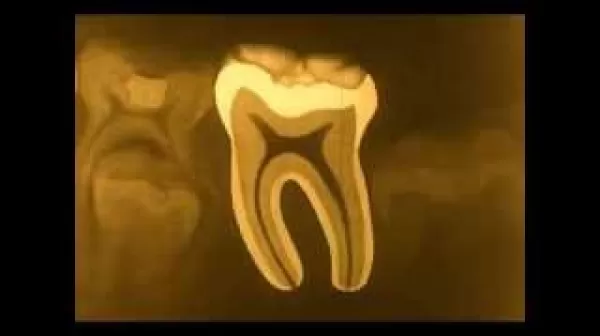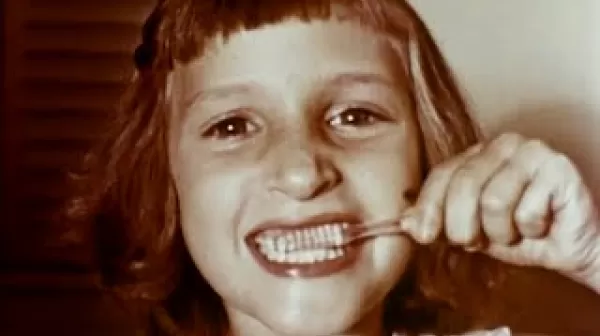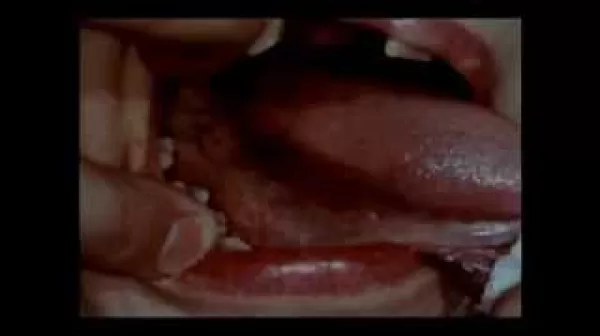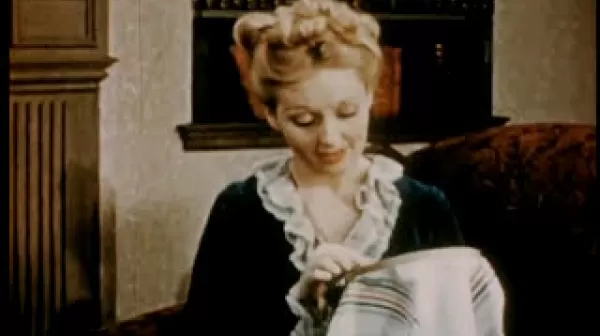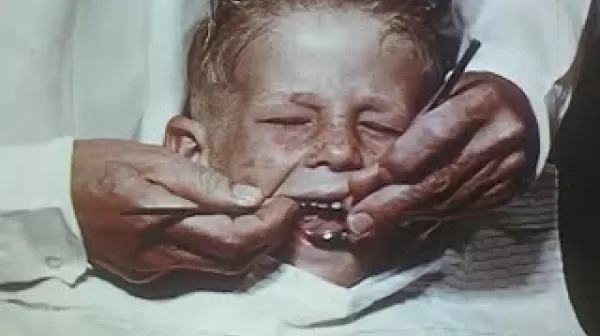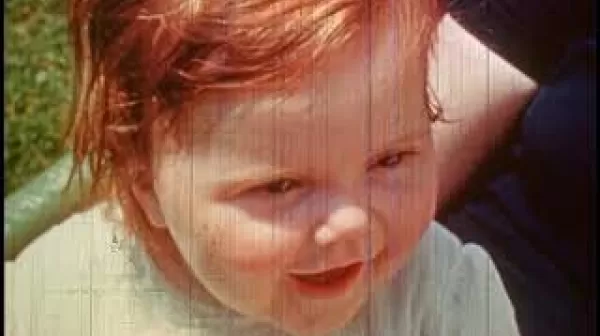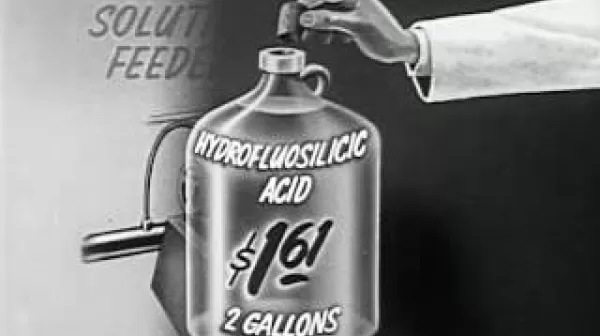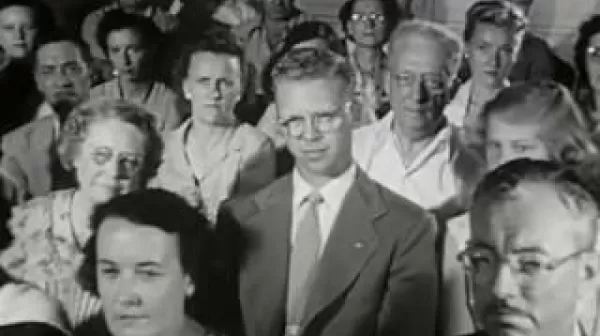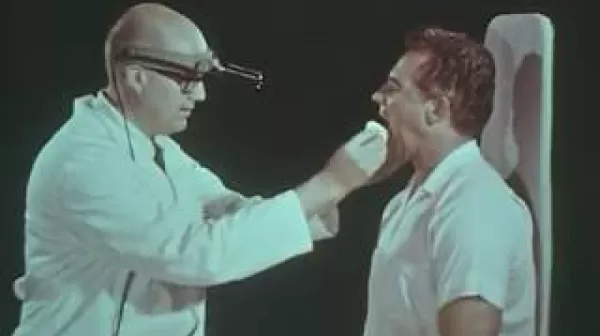Care of Teeth [Silent] (Eastman Teaching Films, Inc., 1930)
Good dental care for children is presented in this film. Teeth are made from the food we eat. A smiling girl sits at a table eating a meal. A diagram shows the parts of a tooth as a pointer indicates the parts. The right foods are necessary for good teeth. Vigorous chewing helps to make strong teeth. Stain and deposits lead to decay. A mouthful of decayed teeth is shown. The dental hygienist helps to keep the mouth healthy. A woman dental hygienist is shown in a dental clinic greeting a boy patient. The child gets into the dentist's chair and has a towel put over his chest.

